Seraph of the end Tome 23
Extraits

Sociologie
A Handbook of Global Citizenship Education. The Belgian perspective
01/2023
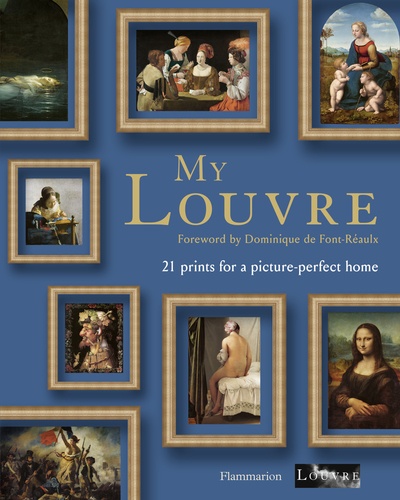
Monographies
My Louvre. 21 prints for a picture-perfect home
09/2021

Histoire et Philosophiesophie
THE WOMAN WHO KNEW TOO MUCH. Alice Stewart and the secrets of radiation
02/2000
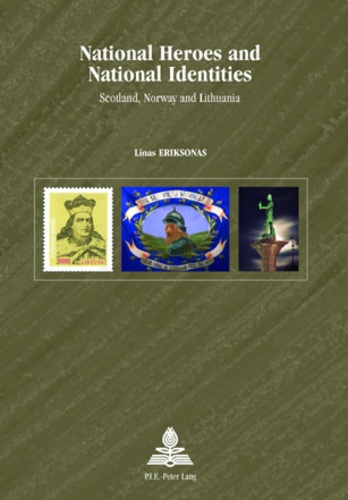
Histoire internationale
National Heroes and National Identities. Scotland, Norway and Lithuania
02/1993
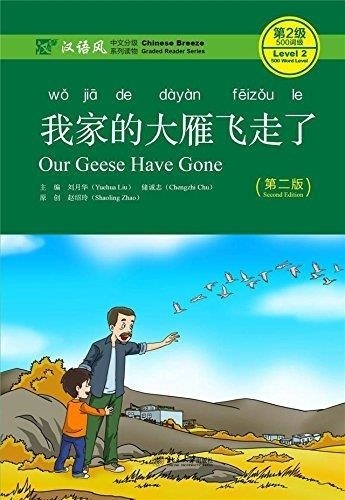
Autres langues
Chinese Breeze : Our Geese Have Gone (Niveau 2 - 500 mots). Edition en anglais-chinois, 2nd edition
01/2018

Non classé
Debating National Security
04/1991

Photographes
Deux voyages. Stéphane Lovighi-Bourgogne & Stéphane Ménétrier
12/2023

Non classé
Read Ancient African scripts from any current African language. Volume 2
05/2020
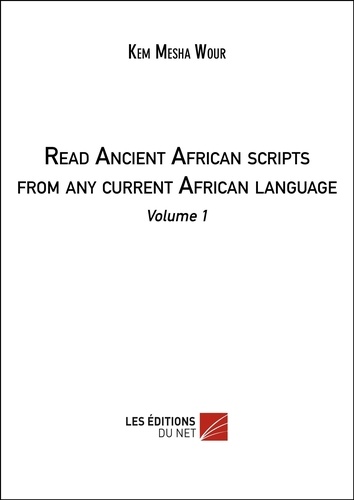
Non classé
Read Ancient African scripts from any current African language. Volume 1
05/2020

Philosophie
«Phädon», or «On the Immortality of the Soul»
12/2006
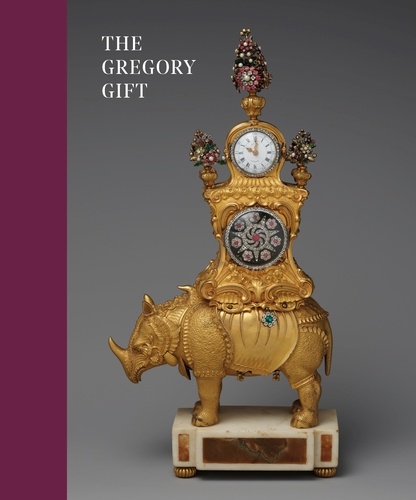
Monographies
The Gregory Gift
02/2023

Non classé
«America's my Home»- Interviews with Young Blacks from Georgia
12/1983

Romance sexy
At the end of the tunnel
08/2021
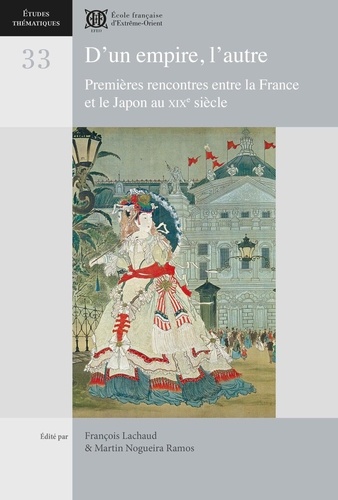
Japon
D’un empire, l’autre. Premières rencontres entre la France et le Japon au XIXe siècle
10/2021
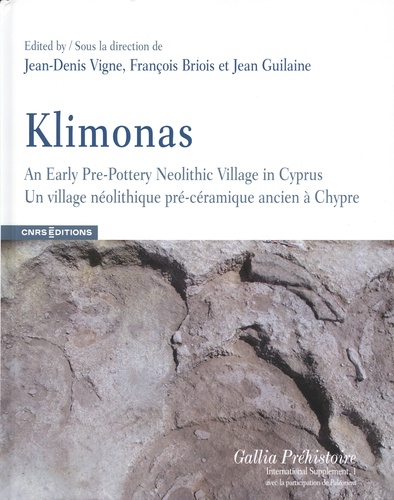
Archéologie
Klimonas. Un village néolithique pré-céramique ancien à Chypre, Textes en français et anglais
07/2023

Histoire et Philosophiesophie
SCIENCE AND TECHNOLOGY IN WORLD HISTORY. An introduction
01/1999
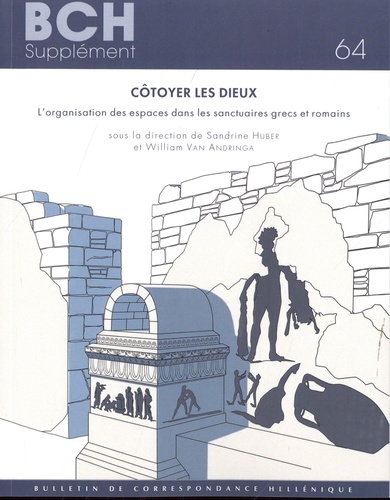
Archéologie
Côtoyer les dieux. L'organisation des espaces dans les sanctuaires grecs et romains
06/2022

Design
A Year in the French Style. Interiors & Entertaining by Antoinette Poisson
10/2023
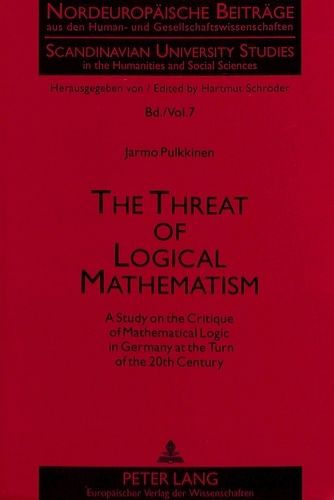
Religion
The Threat of Logical Mathematism
07/1994
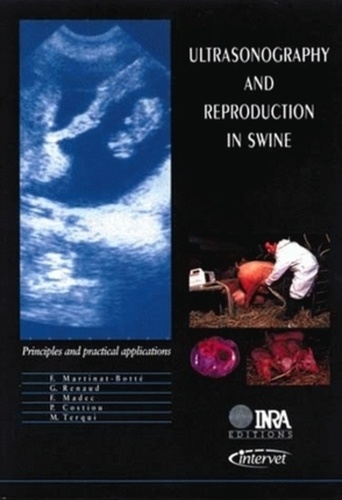
Sciences de la terre et de la
Ultrasonography and reproduction in swine. Principles and practical applications
01/2000
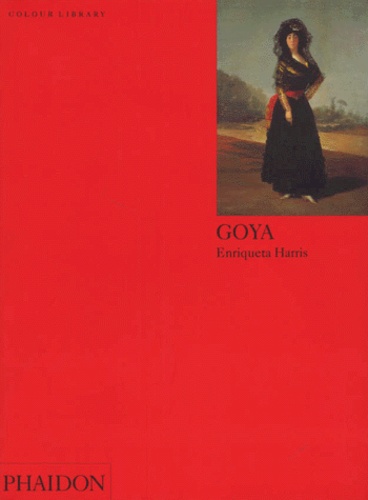
Beaux arts
GOYA. Edition en anglais
01/1994
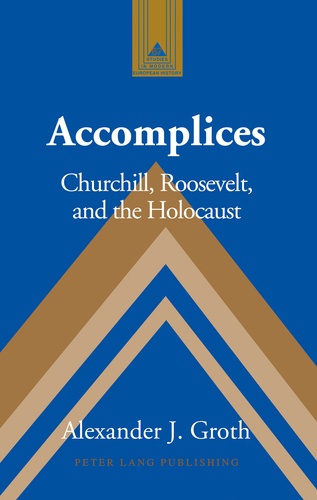
Histoire internationale
Accomplices
06/2011

Archéologie
Exploration archéologique de Délos. Tome 46, L'Artémision Tome I, L'histoire des fouilles et le temple hellénistique
12/2021
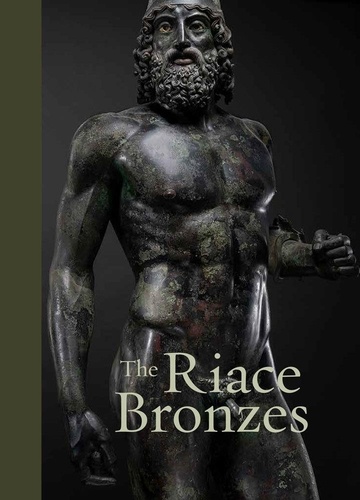
Sculpture
The Riace Bronzes
10/2022
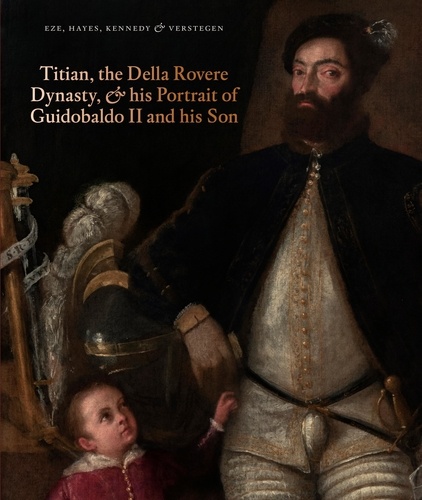
Histoire de l'art
Titian, the Della Rovere Dynasty, and His Portrait of Guidobaldo II and his Son. Edition
11/2021
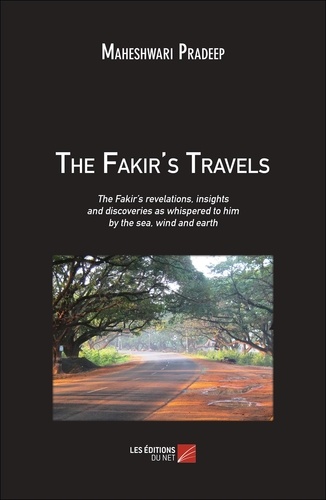
Sociologie
The Fakir's Travels
04/2014
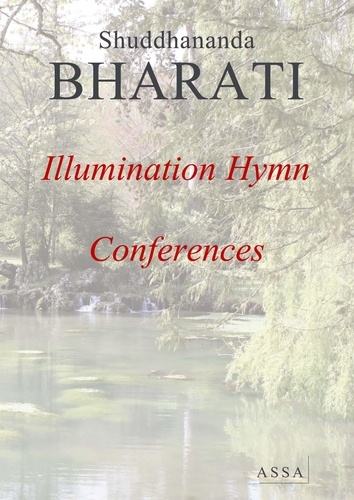
Littérature française
Illumination Hymn and Conferences
06/2014
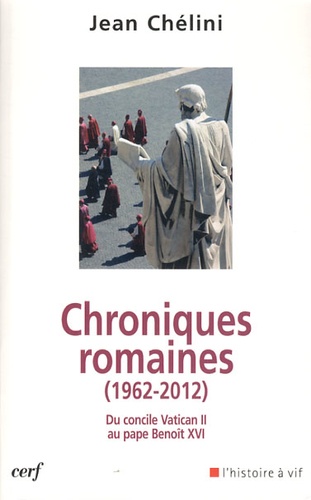
Religion
Chroniques romaines. Du concile Vatican II au pape Benoît XVI 1962-2012
11/2012
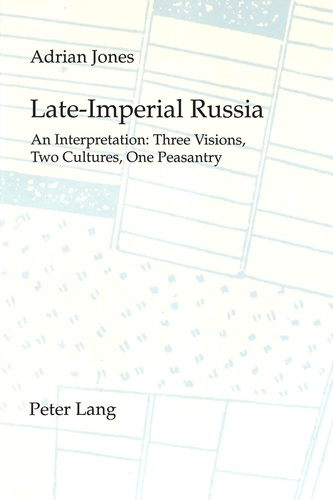
Histoire internationale
Late-Imperial Russia: An Interpretation
09/1997
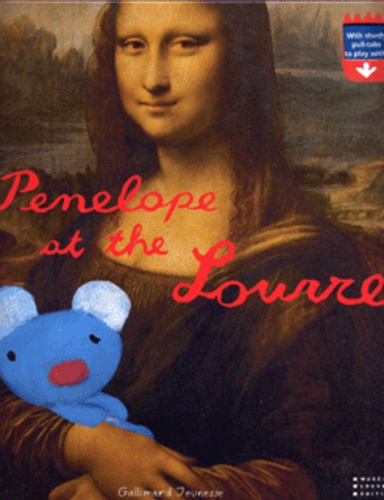
Livres 3 ans et +
Penelope at the Louvre
01/2009
